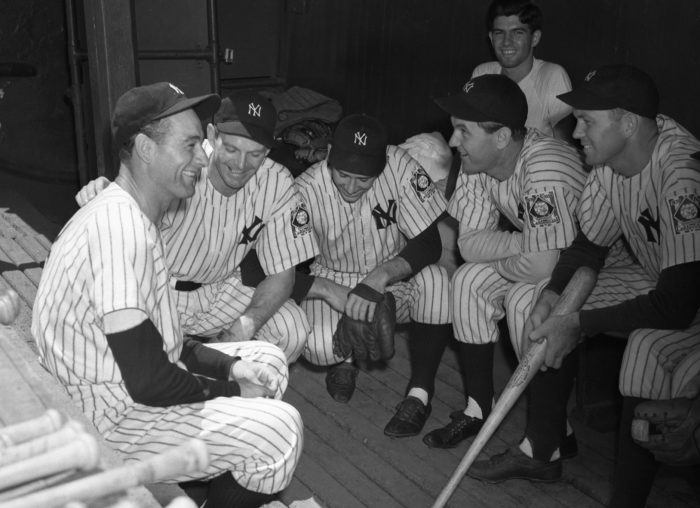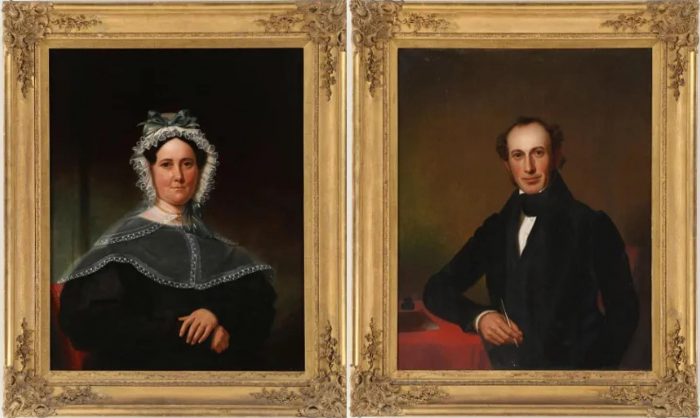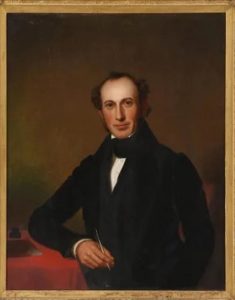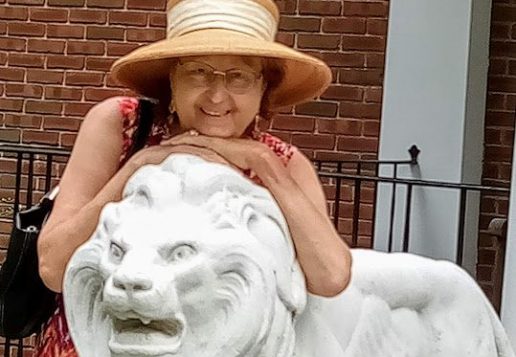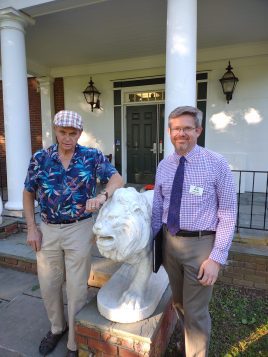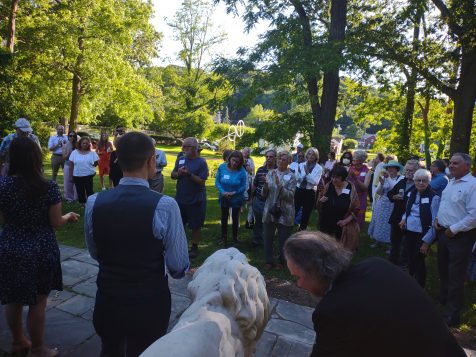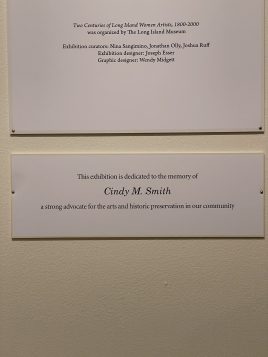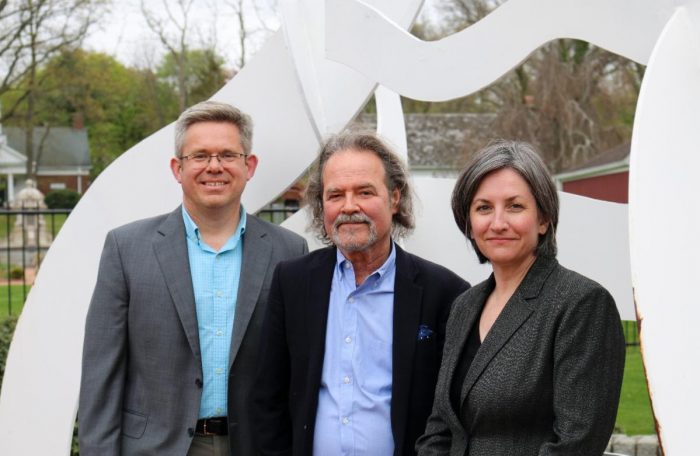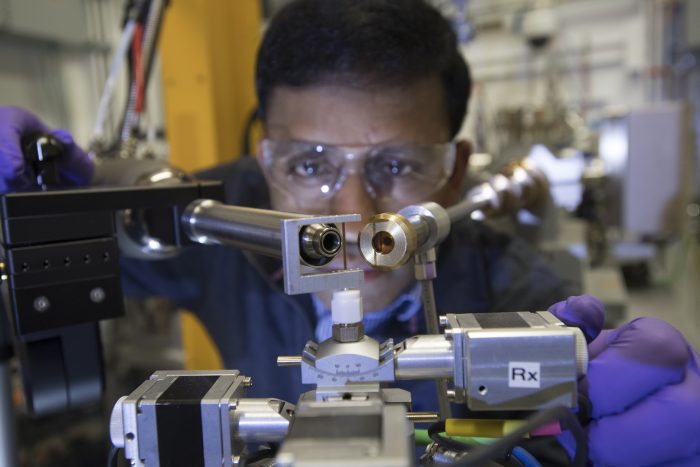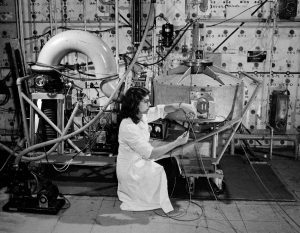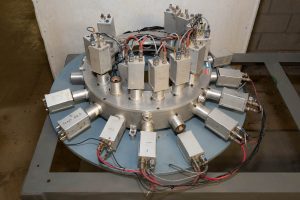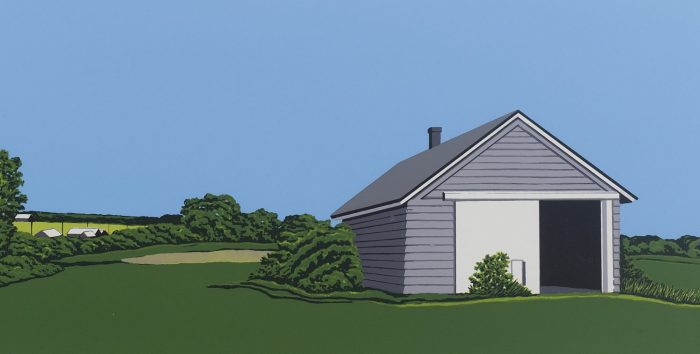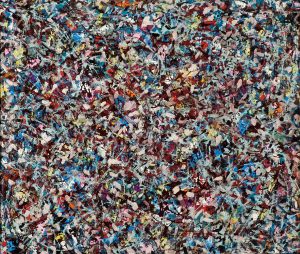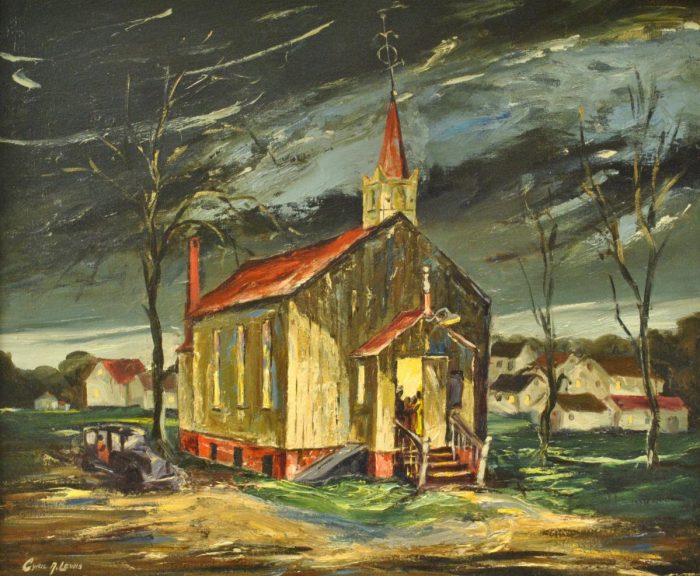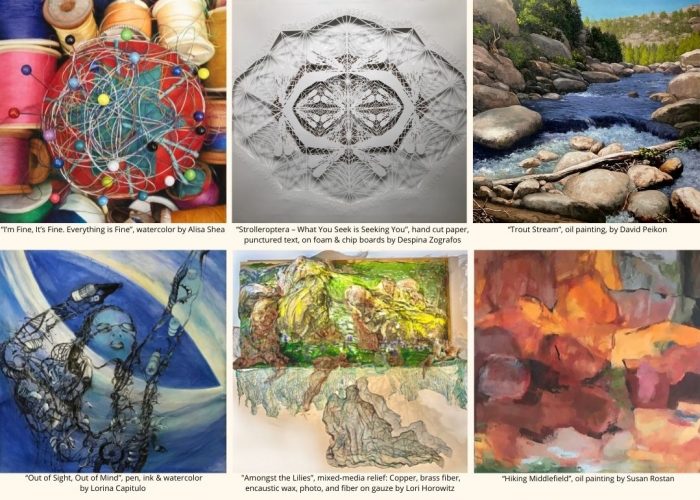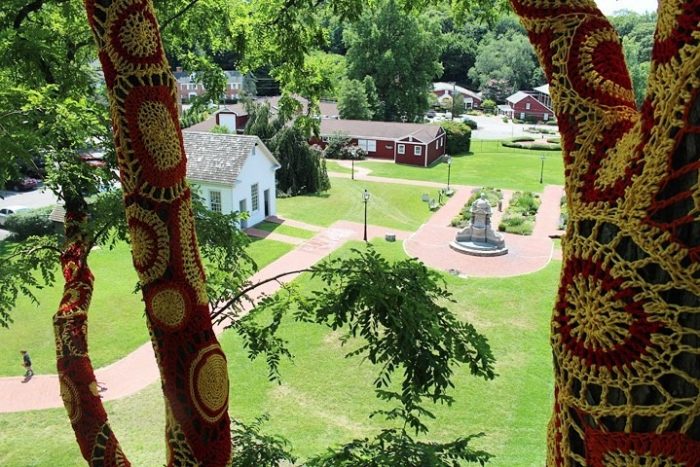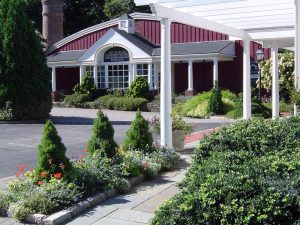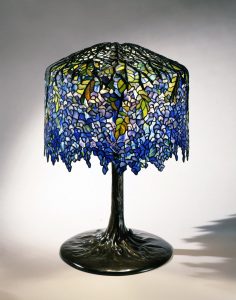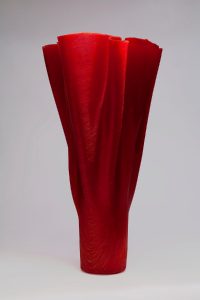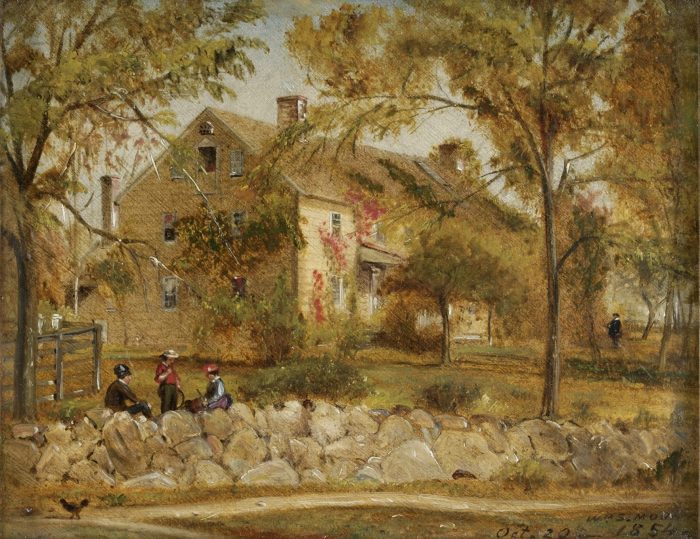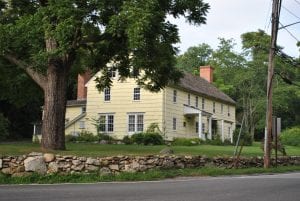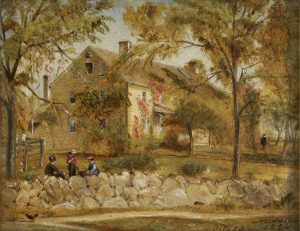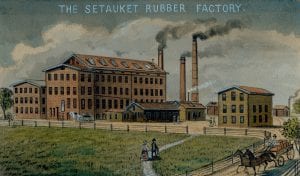By Daniel Dunaief
‘The greatest of all, the game which seems to breathe the restless spirit of American life, that calls for quick action and quicker thinking, that seems characteristic of a great nation itself, is baseball.’
— Photographer Charles M. Conlon, 1913
Jackie Robinson, Lou Gehrig, Yogi Berra, Babe Ruth, Roberto Clemente and pictures of numerous other legends of the baseball diamond are coming to the Long Island Museum in Stony Brook.
Starting May 18 and going through October 15, the History Museum at the LIM is featuring two baseball exhibits.
In one, called Picturing America’s Pastime, the museum is showcasing a collection of images from the National Baseball Hall of Fame and Museum’s Archive. In the other, called Home Fields, the museum has brought together objects and photos from the Ducks field in Central Islip, the new and old Yankee Stadium, Shea Stadium, Citi Field, Ebbets Field and the Polo Grounds. The objects come from regional private collections, including some from the Shea family for whom the home of the original Mets was named.
The museum, which charges $10 admission, is hosting a members only opening reception on June 15. Membership costs $40 for an individual and $60 for a family. At the reception, the museum will serve baseball-inspired food, including Cracker Jacks and popcorn.
Picturing America’s Pastime
In one of the pictures, photographer Charles Conlon captured a determined Ty Cobb successfully stealing third base on July 23, 1910, with the throw going by New York Highlanders third baseman Jimmy Austin. Unlike the instant gratification of modern-day digital photographs, Conlon didn’t know he caught and immortalized the moment until later, when he developed the picture.
The exhibit mixes intimate photos of heroes and legends, with a picture from an unidentified photographer of Yankee legend Lou Gehrig holding court in the dugout with his teammates on June 21, 1939 at Yankee Stadium after returning from the Mayo Clinic in Minnesota. Diagnosed with amyotropic lateral sclerosis, or ALS, which is now widely known as “Lou Gehrig disease,” Gehrig gave his speech in which he declares himself “the luckiest man on the face of the Earth” 13 days after the photographer snapped the dugout picture.
“He’s having this semi-private moment with his second family,” described Joshua Ruff, the Co-Executive Director of Collections and Programming at the Long Island Museum. “It’s just amazing that somebody had the wherewithal to capture that photographically and to save that memory for us.”
The pictures also feature an image of Jackie Robinson, clad in a Montreal Royals uniform, entering the Dodgers clubhouse on April 10th, 1947, five days before Robinson became the first black player in Major League Baseball and seven years before the Supreme Court struck down segregation in public schools in Brown vs. the Board of Education. In the photo, taken by William C. Greene, Robinson is holding up a baseball glove in the air and entering a door with the words “Dodgers Club House” above and “Keep Out” below.
The pictures featured in the exhibit are “much more than about the history that’s being achieved on the field,” Ruff added.
The Picturing America’s Pastime exhibit also includes a photo of the 1920 St. Louis Giants from the Negro League, as well as the Muskegon Lassies with the team bus in 1947.
In a snapshot from Chicago’s Comiskey Park in May 1916 by an unidentified photographer, “Shoeless” Joe Jackson sits on the ground with four bats across his right knee. The photo was taken four years before Baseball Commissioner Kennesaw Mountain Landis banned Jackson and seven of his teammates for life from the sport for the Black Sox scandal of 1919.
The pictures also include more recent heroes, such as Japanese sensation Ichiro Suzuki, photographed by Brad Mangin in 2006 at Oakland’s McAfee Coliseum. In his trademark move before he hit, Suzuki is tugging at the right shoulder of his uniform with his left hand while holding the bat vertically in his right.
Home Fields
The Home Fields exhibit, meanwhile, features a collection of paraphernalia from local ballparks, such as a bleacher from the old Yankee Stadium, and seats from the Polo Grounds (where the Yankees and, for two years, the Mets played), Shea (home of the Mets) and Ebbets Field, where the Brooklyn Dodgers played before leaving in 1958.
The museum, which has a Derek Jeter bat from 2007, will display a World Series ring from 1969, when the Miracle Mets defeated the heavily favored, 109-win Baltimore Orioles that included stars Brooks Robinson and Jim Palmer.
A replay of seven minutes of the fifth and final game from the 1969 NBC radio broadcast will play in the background, providing ambient baseball sounds for guests. The museum is coordinating a revolving slide show of images from that game in the Home Fields exhibition.
The museum also has a piece of the outfield fence from Shea and pieces of the scoreboard from Yankee and Shea stadiums.
A private collector loaned the museum the on deck circle from 2000 subway series between the Mets and the Yankees. In that series, which was the third consecutive World Series victory for the Yankees, Yankee pitcher Roger Clemens threw a piece of Met Mike Piazza’s broken bat towards the Mets catcher as he made his way towards first on a foul ball, bringing both teams out of their dugouts.
Ruff suggested that the exhibits could spur a range of memories from fans of all ages. Born in Baltimore, he calls himself a “lifetime baseball fan” whose favorite players are Cal Ripken Jr. and Eddie Murray. He has loved attending Mets and Yankees games.
Ruff likens these two exhibitions to “playing in the sand box. Hopefully, that will be the same for people that walk through. Whether you’re a fan of the Mets, the Yankees, the Reds or whoever your team is, there’s a lot to appreciate and enjoy when you come see these shows.”
The Long Island Museum is located at 1200 Route 25A in Stony Brook. For more information, call 631-751-0066 or visit www.longislandmuseum.org.

